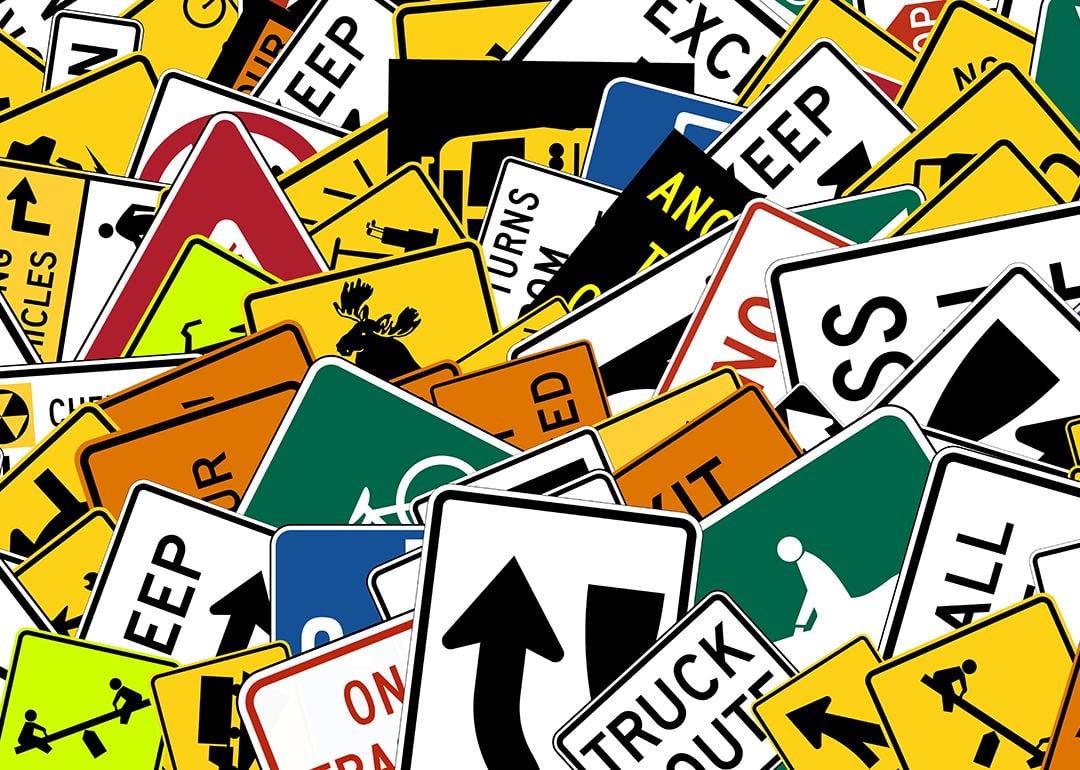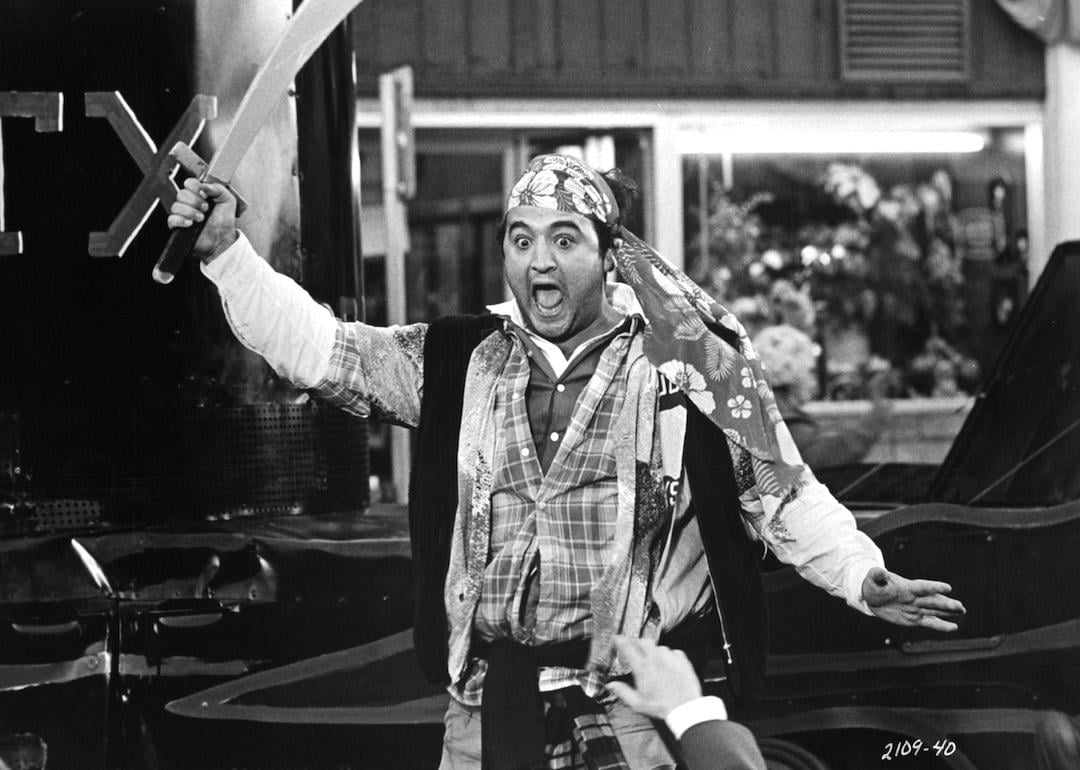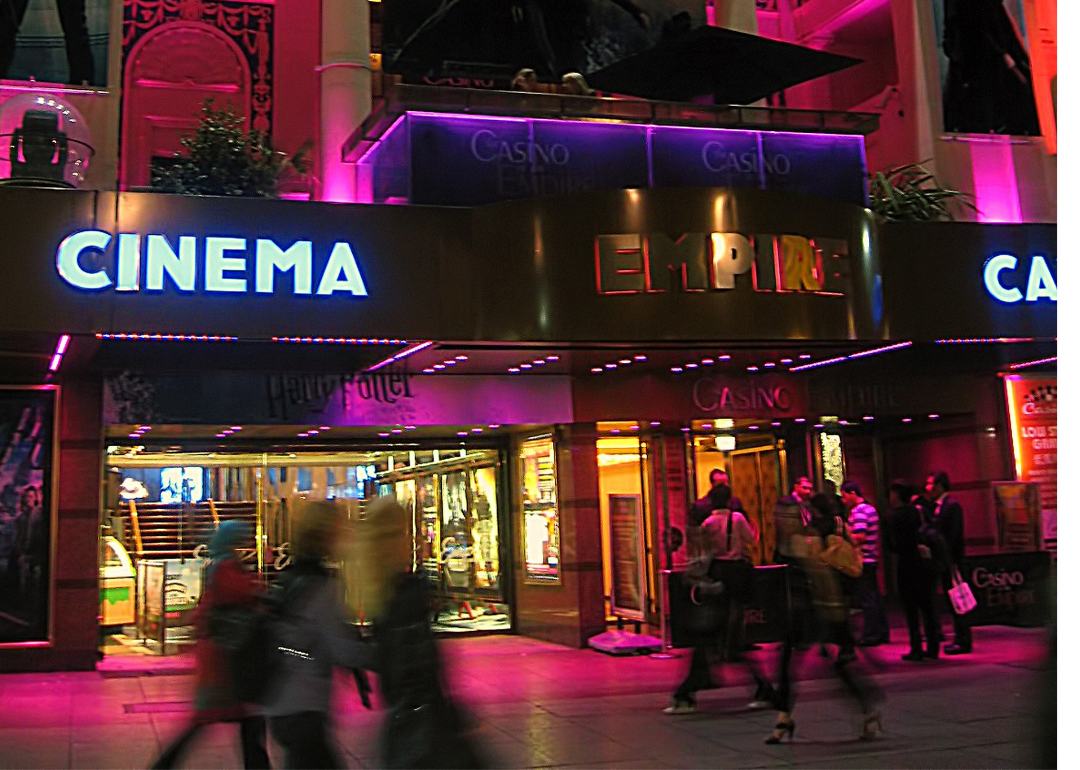
List of road warning signs and their meanings
List of road warning signs and their meanings
When you first learned to drive, you were likely given a guide to the various road signs and their meanings. Whether it was in a formal Driver’s Education class or through a state-issued driver’s handbook, understanding these symbols is a fundamental part of safe driving. While some signs, like the iconic stop sign, are instantly recognizable, others can be less common and therefore more easily confused.
CheapInsurance.com provides a comprehensive list of road signs based on the Federal Highway Administration Manual on Uniform Traffic Control Devices data, organized for clarity and designed to help you recognize and understand the signs you’re most likely to encounter, particularly during a road trip. The majority of road sign confusion happens in unfamiliar territory, making this guide an essential tool for any driver.
The Purpose and Function of Road Signs
Before diving into specific signs, it’s important to understand their core purpose. Road signs are designed to communicate critical information to drivers, ensuring a safe and efficient flow of traffic. Their primary functions include:
- Commanding attention: Signs are designed with distinct shapes and colors to stand out and capture a driver’s attention, even at high speeds or in poor visibility.
- Warning drivers: They provide advance notice of potential hazards, such as sharp curves, school zones, or upcoming construction.
- Regulating traffic flow: Signs like “Stop” and “Yield” are essential for preventing collisions and maintaining an orderly flow of vehicles at intersections and other key points.
Road Sign Attributes: Colors and Shapes
Road signs are universally categorized by their color and shape, with each attribute conveying a specific type of information. Recognizing these visual cues can help you deduce a sign’s meaning even if the text or symbol is unfamiliar.
Road Sign Colors:
- Red: Exclusively used for stop, yield, and prohibition signs.
- White: Primarily used for the background of regulatory signs to enhance visibility, especially at night.
- Green: Provides information on permitted traffic flow, including guidance, distance, and direction.
- Orange: Dedicated to construction and detour signs, alerting drivers to work zones.
- Fluorescent Yellow/Green: Used for high-visibility signs such as pedestrian crossings and school zones.
- Coral: Reserved for incident management signs, indicating traffic emergencies or accidents ahead.
- Brown: Indicates sites of cultural interest, recreational areas, or state parks.
- Blue: Guides drivers to services (e.g., gas, food, lodging), provides tourist information, or shows evacuation routes.
The 8 Shapes of Road Signs:
- Octagon: The exclusive shape for stop signs.
- Triangle: The inverted triangle shape is used for yield signs.
- Vertical Rectangle: Used for most regulatory signs.
- Pentagon: Marks school zones and school crossings.
- Circle: Indicates a railroad crossing ahead.
- Pennant: An elongated flag shape that signifies a no-passing zone.
- Diamond: The most common shape for warning signs, including work zones and road hazards.
- Horizontal Rectangle: Used for guidance signs, such as street names and informational markers.
Categories of Road Signs
To further organize the vast array of signs, they are divided into four main categories. Understanding these categories is a core element of defensive driving.
Regulatory Signs: These signs are typically red, white, or black. They inform drivers of traffic laws and regulations that must be followed. Examples include:
- Stop Signs
- Yield Signs
- Speed Limit Signs
- No U-Turn Signs
- Do Not Pass Signs
Warning Signs: These are primarily yellow, diamond-shaped signs that alert drivers to upcoming hazards or changes in the road. Examples include:
- School Zone Signs
- Slippery Road Signs
- Merge Signs
- Road Narrows Signs
- Dip Signs
Guide Signs: These signs are generally green, brown, or blue. They provide information about landmarks, destinations, services, and distances. Examples include:
- Interstate Signs
- Street Signs
- Rest Area Signs
- Exit Markers
Construction Signs: These signs are always orange and warn drivers of road work, detours, and potential hazards in a construction zone.
Common Road Signs and Their Meanings
Here is a list of common road signs and their specific meanings, providing a valuable reference for drivers.
- Stop Sign: An octagonal, red sign with white lettering. Action Required: You must come to a complete stop before the stop line, crosswalk, or intersection.
- Narrow Bridge Sign / Road Narrows Sign: A yellow diamond-shaped sign depicting a road becoming narrower. Action Required: Indicates that the road ahead narrows. Reduce your speed and be prepared for potential changes in traffic flow, especially on bridges where shoulders may be absent.
- Divided Highway Sign: A yellow diamond-shaped sign with two wavy arrows pointing in opposite directions. Action Required: This sign communicates that the oncoming highway is divided by a physical barrier (e.g., a guardrail or median).
- Slow-Moving Vehicle Sign: A reflective orange triangle with a red border, often displayed on the back of vehicles traveling 25 mph or less. Action Required: When you see this sign, reduce your speed and maintain a safe following distance. Common on farm equipment or horse-drawn buggies.
- Slippery Road Sign: A yellow diamond-shaped sign with a car and wavy lines. Action Required: Indicates a potential for reduced traction due to weather conditions like rain, snow, or ice. Reduce speed and avoid sudden maneuvers, particularly on bridges and overpasses, which freeze first.
- Two-Way Traffic Sign: A yellow diamond-shaped sign with two vertical arrows pointing in opposite directions. Action Required: Warns that you are on a road with two-way traffic. Unlike a divided highway, traffic may only be separated by a double yellow line.
- Side Road Sign: A yellow diamond-shaped sign with a T-like black marking. Action Required: Alerts you to a side road entering the main highway. Be prepared for merging traffic and potential unexpected vehicles emerging from the side road.
- No U-Turn Sign: A white, square sign with a U-turn arrow crossed out with a red line. Action Required: A U-turn is prohibited in this area. Continue until you reach a safe intersection to change direction.
- Merge Sign: A yellow diamond-shaped sign with a large arrow pointing up and a smaller diagonal arrow merging into it. Action Required: Warns that two separate lanes or roadways are about to combine into one. Drivers must be prepared to merge and yield to traffic already in the main lane.
- Interstate Sign: A red and blue shield-shaped sign with white text. Action Required: This guide sign helps you navigate the interstate highway system, providing directional information and the interstate number.
- Guide Sign: Typically a green rectangular sign with white text. Action Required: Provides directional and locational information, including landmarks, distances, and services. Examples include exit signs, street signs, and rest area signs.
- Do Not Pass Sign: A white rectangular regulatory sign with black text. Action Required: Indicates that passing is unsafe on the upcoming stretch of road due to reduced visibility from hills, curves, or other hazards.
- Dip Sign: A yellow diamond-shaped sign with the word “DIP.” Action Required: Alerts drivers to a low-elevation area in the road. Slow down to avoid losing control of your vehicle.
The Most Misunderstood Road Signs
While most signs are straightforward, some can be confusing to new or even experienced drivers. Here are a few signs that are commonly misinterpreted:
- Give Way: A sign with a similar shape to a yield sign, but with the words “Give Way.” This sign is common in other countries and means “yield.” The confusion arises from the literal translation, leading some drivers to believe they should listen for traffic rather than giving way.
- No Motor Vehicles Allowed: This sign is a white circle with a red border, featuring a car and a motorcycle inside. Many drivers mistakenly believe it means only cars and motorcycles are allowed. The correct meaning is the opposite: No motor vehicles are permitted in this area.
- No Waiting: A blue circle with a red border and a red slash through it. Over half of drivers confuse this with a “No Parking” sign. It means you can park for a short duration to drop off or pick up a passenger, but prolonged “waiting” (parking) is prohibited.
Understanding the meaning behind road signs is a critical component of being a responsible driver. By paying attention to their color, shape, and category, you can quickly interpret their message and react appropriately, ensuring safety for yourself and everyone else on the road.
This story was produced by CheapInsurance.com and reviewed and distributed by Stacker.



